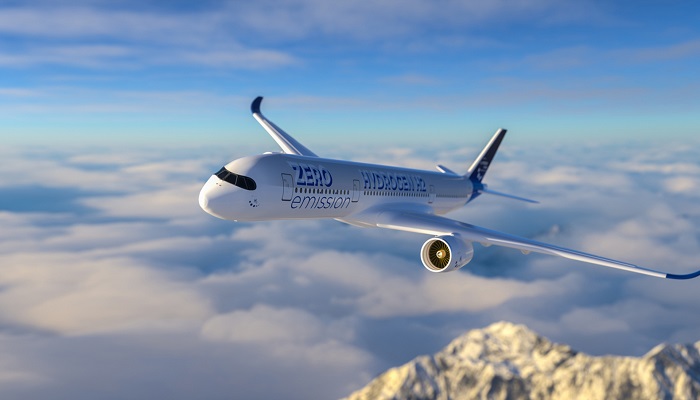In order to examine employing CERN’s superconductivity tech for particle accelerators in the electric distribution system of future hydrogen planes, Airbus UpNext, a fully owned subsidiary of Airbus, has inked a collaboration agreement with CERN. The next generation of aircraft’s weight might be greatly reduced due to the sophisticated superconducting technology, and their efficiency could be increased to enable net-zero air travel.
The partnership, according to CERN’s Director of Finance and Human Resources, Raphael Bello, pumps back the frontiers of science and engineering and partners with businesses to enable innovation with a positive influence on the environment.
As this partnership with Airbus shows, their technologies have the potential to be tailored to the requirements of future clean transportation as well as mobility solutions. This agreement, which is only the first step in its relationship with the aviation industry leader in Europe, demonstrates how highly they hold the calibre of the Member States’ sectors of the economy.
The magnitude of emissions from the aviation sector
According to research from the Air Transport Action Group, humans produced over 43 billion tonnes of CO2 in total, with 915 million tonnes of those emissions coming from the aviation sector globally in 2019. The aviation industry generated 12% of all transport-related CO2 emissions and 2.1% of all human-induced CO2 emissions, compared to 74% from the road sector.
Even though aircraft emissions are considerably lower than those from other modes of transportation, they might nevertheless make a substantial contribution to the global goal of net-zero transportation by 2050. To make this shift possible, hydrogen-powered aircraft development will be essential.
Superconductors’ potential for advancing hydrogen aircraft
The recently formed cooperation will develop the Super-Conductors for Aviation with Low Emissions (SCALE) prototype. The project will combine the superconductor knowledge of CERN with the industry-leading aircraft design and manufacturing capabilities of Airbus UpNext. If the collaboration is successful, a completely integrated, zero-emission hydrogen plane could be created within the next ten years.
The role at Airbus UpNext is to investigate the maximum potential of technologies for upcoming aircraft and to partner with the world’s leaders to prepare for this future, said CEO of Airbus UpNext, Sandra Bour-Schaeffer. As they work to make sustainable aircraft a reality, collaborating with a top scientific organisation like CERN, which has given the world some of the most significant discoveries in fundamental physics, will help them push the limits of research in clean aerospace.
To investigate the viability of this technology for electrically powered and hybrid aircraft, they are already constructing a superconductivity demonstrator dubbed ASCEND (Advanced Superconducting and Cryogenic Experimental Powertrain Demonstrator). It is a natural alliance to combine the expertise gained from the demonstration with CERN’s exceptional superconductor capabilities.
Superconducting technologies have spurred some of the best inventions in high-energy physics and, if adapted into aircraft power distribution systems, would significantly reduce their weight and increase their efficiency, Head of the Technology Department at CERN, José Miguel Jimenez concluded. The core of both current and future particle accelerators are built using world-record superconducting systems, a skill that CERN has honed over the course of more than 40 years. Such systems transfer current at substantially higher intensities than conventional, heavier, non-superconducting wires because they have very low current flow resistance.


































